Snow Load – Roof Collapse Prevention Guide
Within the first two weeks of March 2023, the North Dakota State Fire and Tornado Fund (NDFT) has received three collapsed roof claims and one sagging roof claim. The culprit? The weight of ice and snow on roofs.
Here is information previously provided by the North Dakota Insurance Department on snow load and roof collapse prevention:
How to Prevent Your Roof from Collapsing
Snow-related building collapses are usually caused by heavy loads of snow accumulating on the roof. Warming spells can make the situation even worse, creating ice buildup, which adds even more weight to roofs.
According to a 2008 report from Structure Magazine, causes of snow-related structural problems normally include roof step snow drift, parapet wall snow drift, gable roof snow drift, open air and freezer (uniform loads across the whole roof), sliding snow and ice dams.
How much does snow weigh? A square foot of snow, one inch deep, weighs 1.25 pounds. So if you have 20 inches of snow, you’ve got a 25 pounds/square feet snow load on your roof. Additionally, ice weighs 5.2 pounds per square foot, so this must be factored in as well.
Most roofs can withstand around 40 pounds/square foot of snow load, while older roofs and manufactured homes start to show damage around 30 pounds/square foot.
How to Calculate Your Roof’s Pitch
As low-pitched and flat roofs are more vulnerable to snow accumulation, it is important to have a good idea of the pitch of your roof. Adjoining lower roofs are also more vulnerable to snow accumulation. The steeper the pitch, the less likely the roof will collapse.
To calculate the pitch of your roof divide the “rise” (vertical distance between the peak of the roof and the edge) by the “run” (distance from the peak of your roof to the edge) and convert the fraction to a ratio of 12.
For example, if the rise of your roof is 15 feet, the run is 36 feet, then the pitch = 15 feet / 36 feet = 5:12.
How to Spot Problems with Your Building
If you see or hear any of the following problems, contact your local building or fire official immediately:
- Sagging roof
- Severe roof leak
- Cracked or split wood members
- Bends or ripples in supports
- Cracks in walls or masonry
- Sprinkler heads that have dropped down below ceiling tiles
- Doors that pop open
- Sheared off screws from steel frames
- Doors or windows that are difficult to open
- Bowed utility pipes or conduit attached at the ceiling
- Creaking, cracking or popping sounds
How to Properly Remove Snow from Your Roof
What’s worse than your roof buckling under the weight of snow and ice? Slipping and falling off the roof while removing the snow and ice. Follow these steps to properly and safely remove snow from your roof or hire a contractor if necessary:
- Use a snow rake for pitched roofs.
- Start from the edge and work toward the peak of the roof.
- Shave the snow down to two-three inches instead of scraping the roof clean to avoid damaging the shingles.
- Plastic shovels are better than metal ones—metal tools conduct electricity and damage roofs.
- Remove large icicles carefully.
- Wear headgear and goggles.
- Don’t do it alone. Have a helper to keep you safe.
- Don’t add your weight or the weight of equipment to the roof.
- Don’t use a ladder since ice tends to build up on both the rungs and your shoes.
- Don’t use electric heating devices like heat guns to remove snow and ice.
- Don’t use open-flame devices to remove snow and ice.
- Consider hiring a professional.






